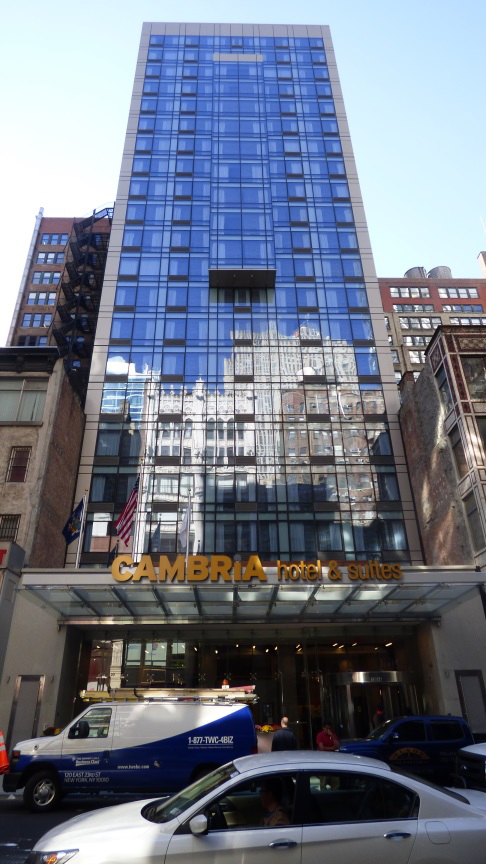News:
Green Buildings
Posted: April 21, 2014
Mold issues in new construction
When it comes to new construction, owners and managers rarely consider that mold will be an issue as part of the building process. Steel beams, concrete floors and brick façades in commercial buildings are rarely conducive to mold growth.
However, problems often arise when structures have not been properly enclosed. Roofs or façades that are not weather tight, windows that are not correctly sealed, and other exterior openings that have not been secured allow moisture inside the building enclosure. "Older buildings that have been retrofitted also have problems when old plumbing or drain lines are abandoned, not capped off or are not rerouted properly," said Jason Van Namee, certified mold professional (CMP) with Maxons Restorations, Inc. "Moisture can permeate into interior locations and cause a mold situation."
Contractors can reduce the opportunity for mold growth during construction by ensuring that all building materials are kept dry before installation. Properly flashing and water proofing building exteriors will reduce water intrusion and inhibit mold growth.
In the aftermath of Hurricane Sandy, building structures that are more impervious to water damage take on new significance. There are a number of moisture resistant materials on the market that can be used instead of older, more conventional materials which serve as a food source for mold. Some materials are treated with anti-microbial products to reduce mold growth if they get damp, and others can absorb water without any resulting damage.
"Issues occur when moisture gets trapped behind the walls," said Ken Wilson, Maxons' project manager. "Often it goes into a dormant state and it won't become an issue unless it gets wet again. Some of the new products can take on a lot of water before there are issues."
If mold is discovered in a building, it is important for workers to be protected and for the problem to be addressed. Sometimes an industrial hygienist (IH) will be called to conduct testing to identify which areas are impacted. "Since buildings are built more tightly now than they used to be, this can cause the air quality within a structure to be more easily impacted by contamination if it is not vented, or if the air is not circulated and properly filtered," said Van Namee.
A qualified restoration contractor can assist in identifying the water source, drying out the building and remediating a contamination problem.
Erica Gitin is director of client services at Maxons Restoration, Wayne, N.J.
Tags:
Green Buildings
MORE FROM Green Buildings
IREON Insights: DURA Architectural Signage manufactures and delivers over one million signs
Long Island City, NY Since its founding in 1955, IREON member DURA Architectural Signage has proudly manufactured and delivered more than one million signs to clients across a wide range of industries. From architectural interior signage to large-scale exterior installations, their work can be seen in corporate








.gif)


.jpg)
.gif)